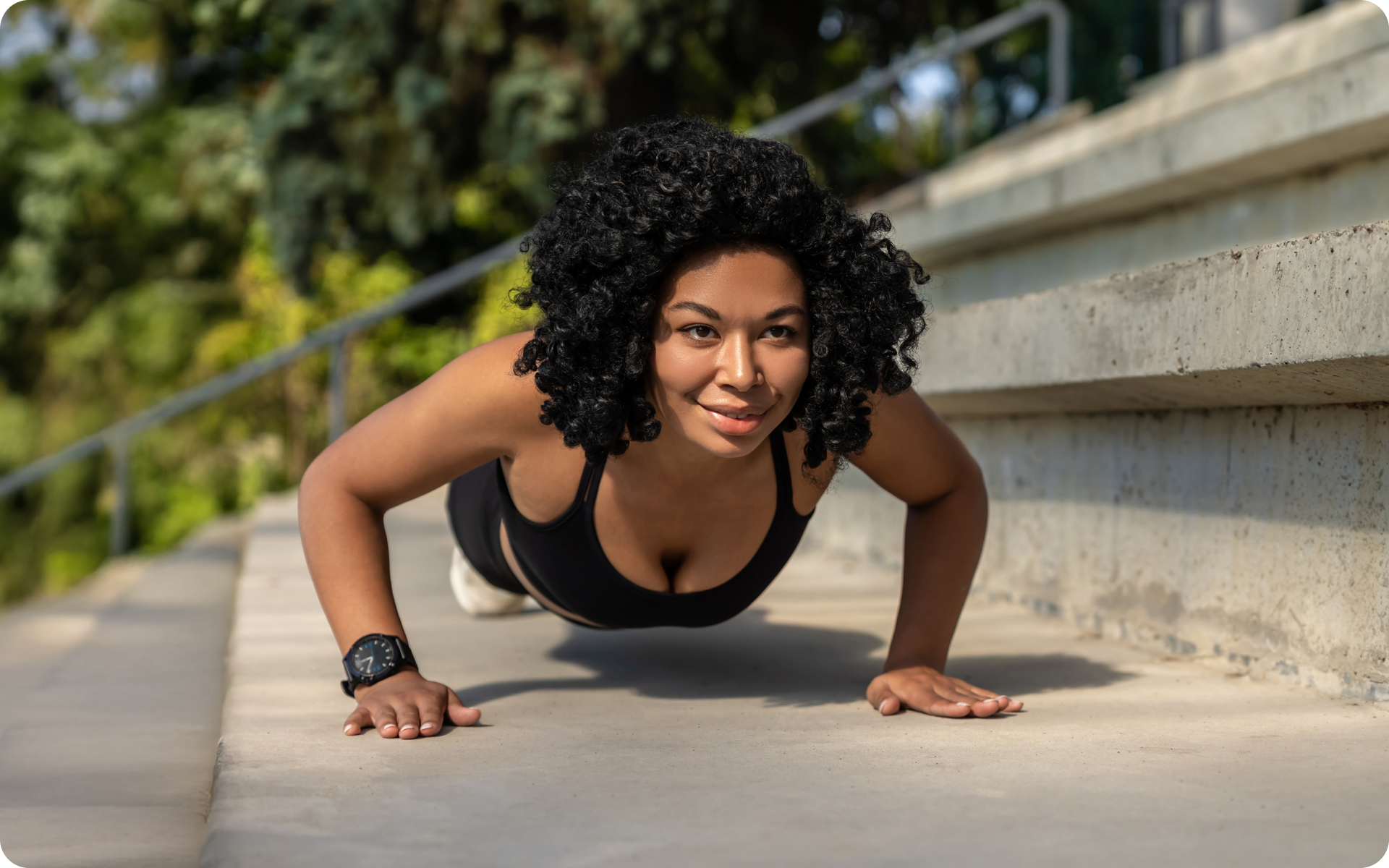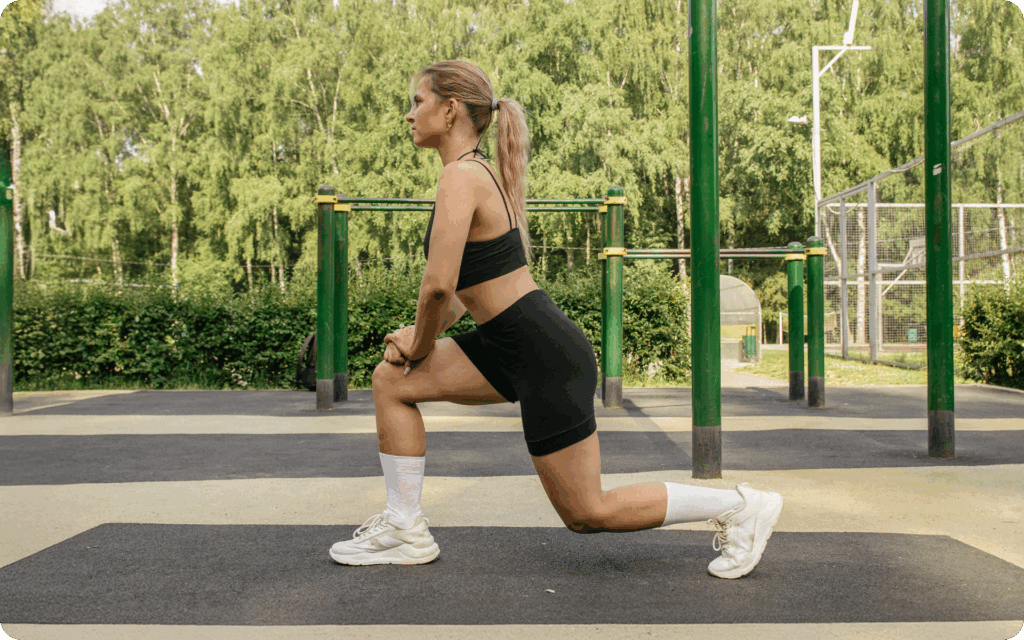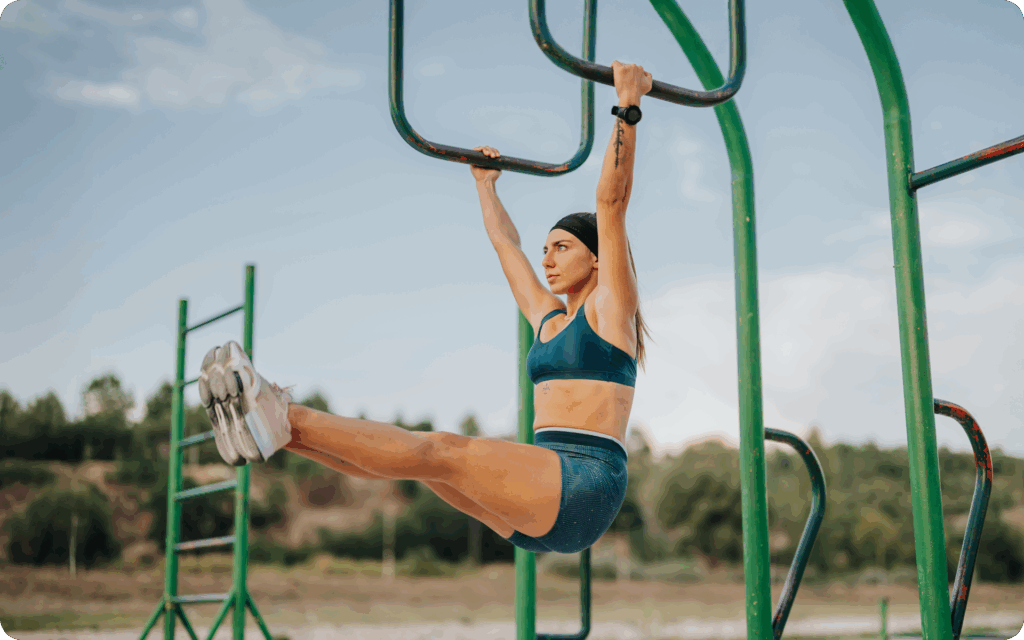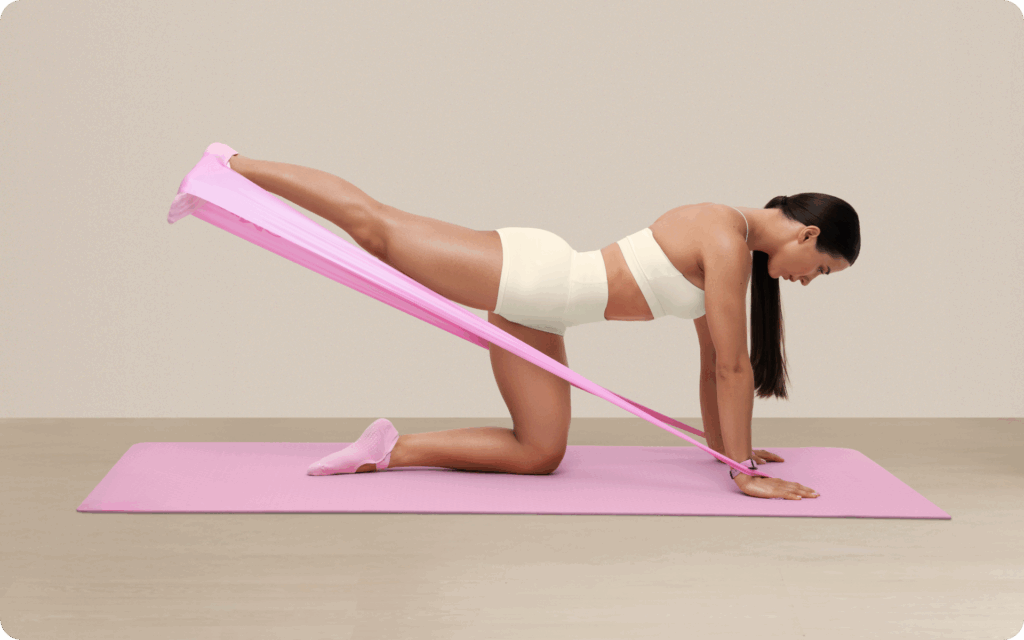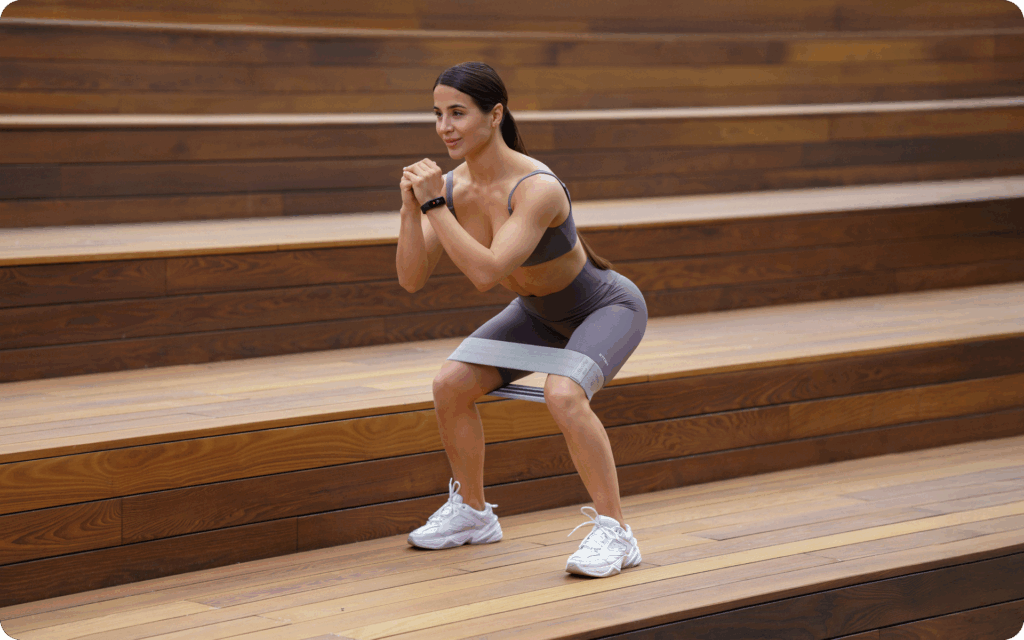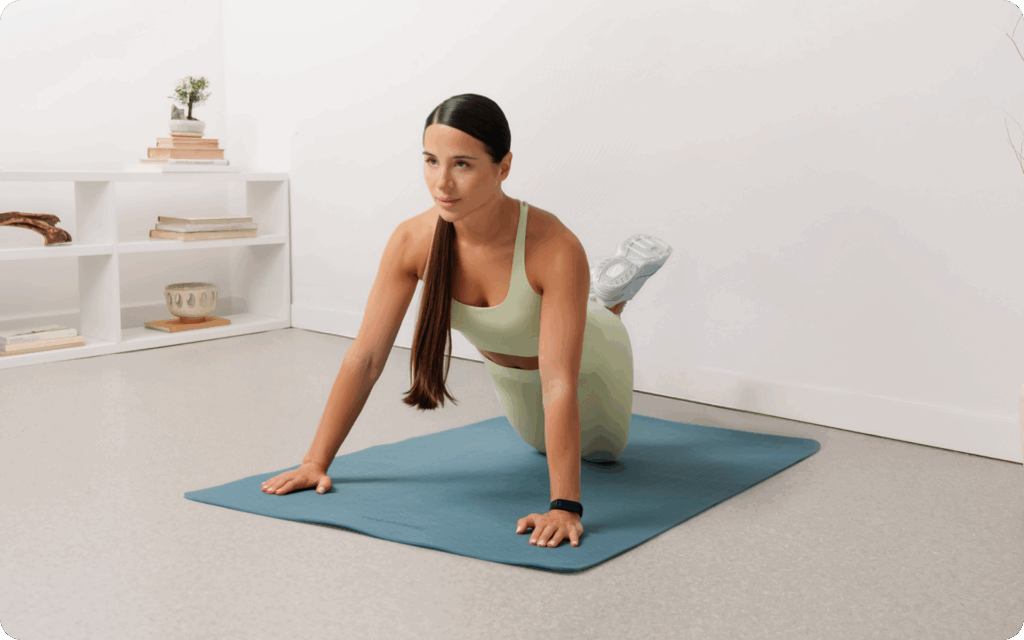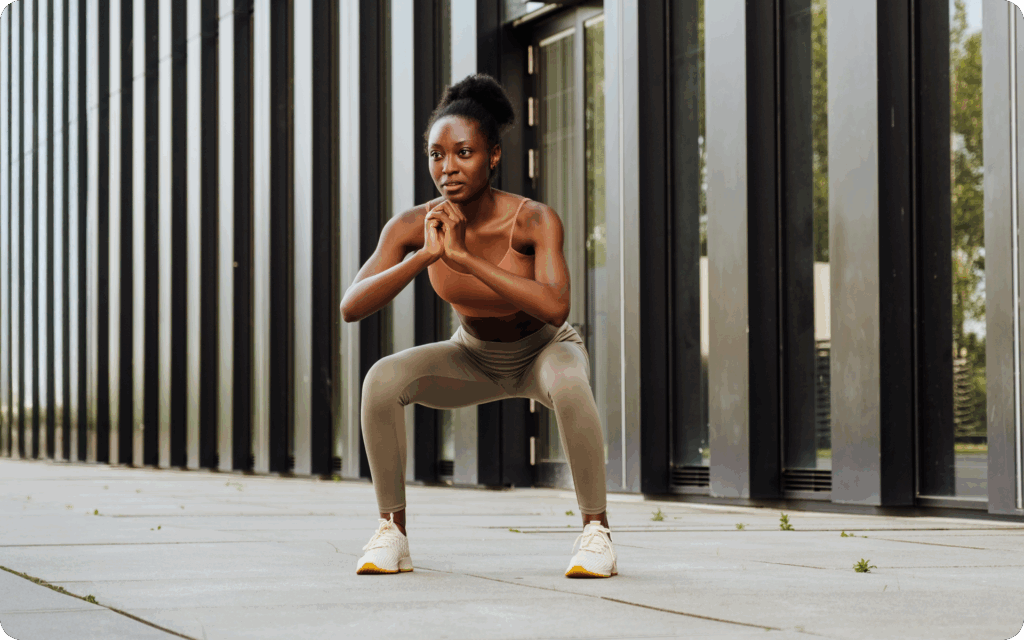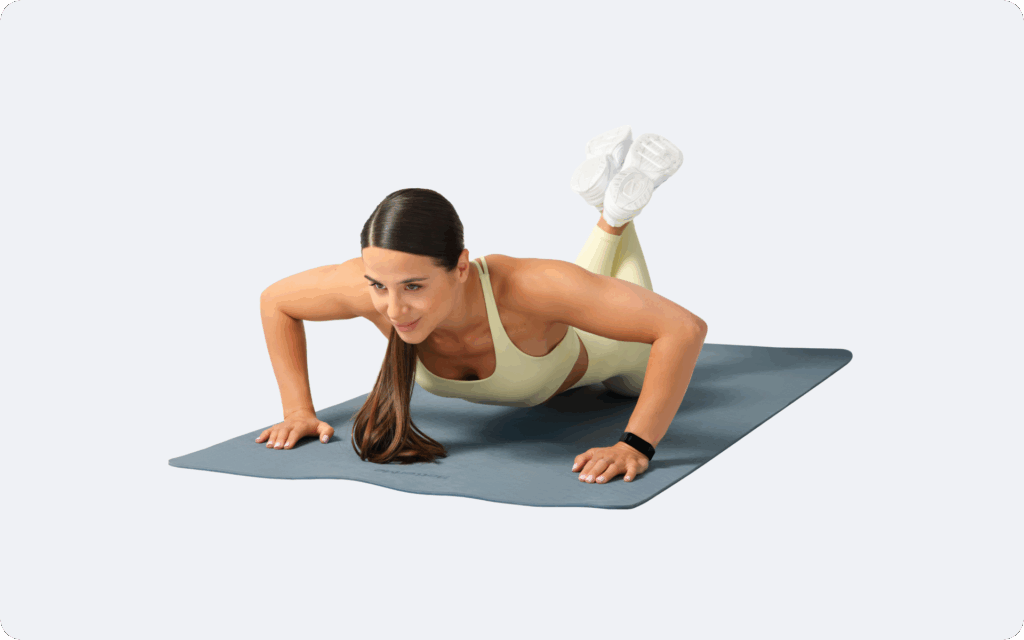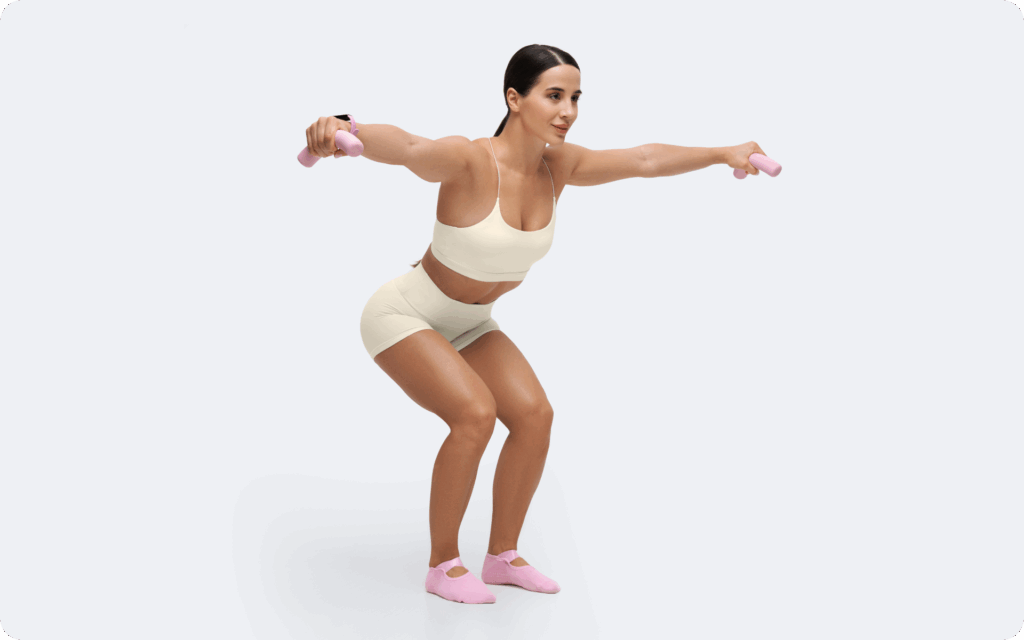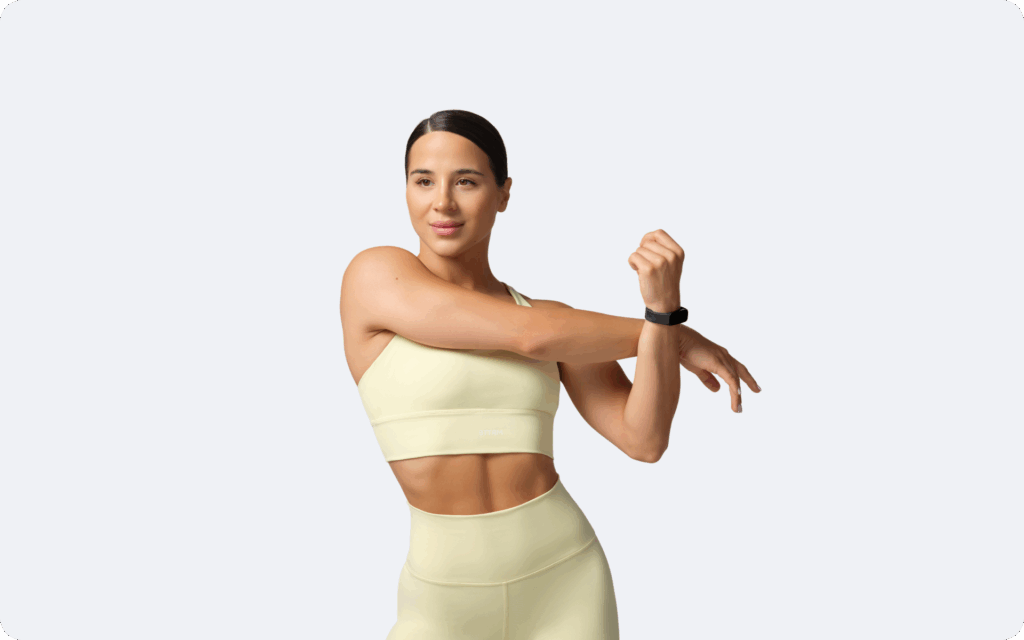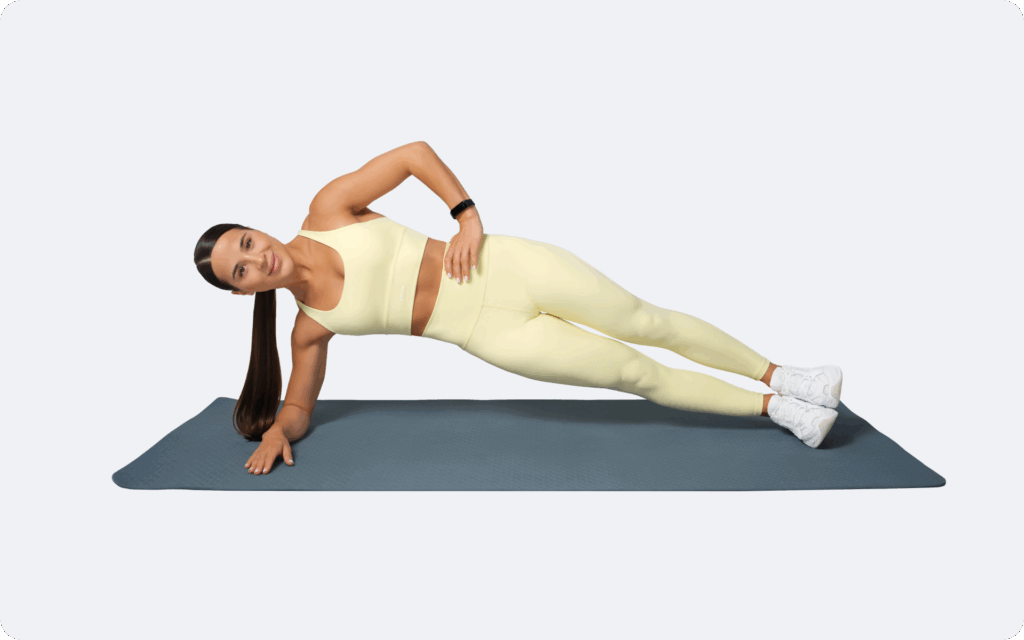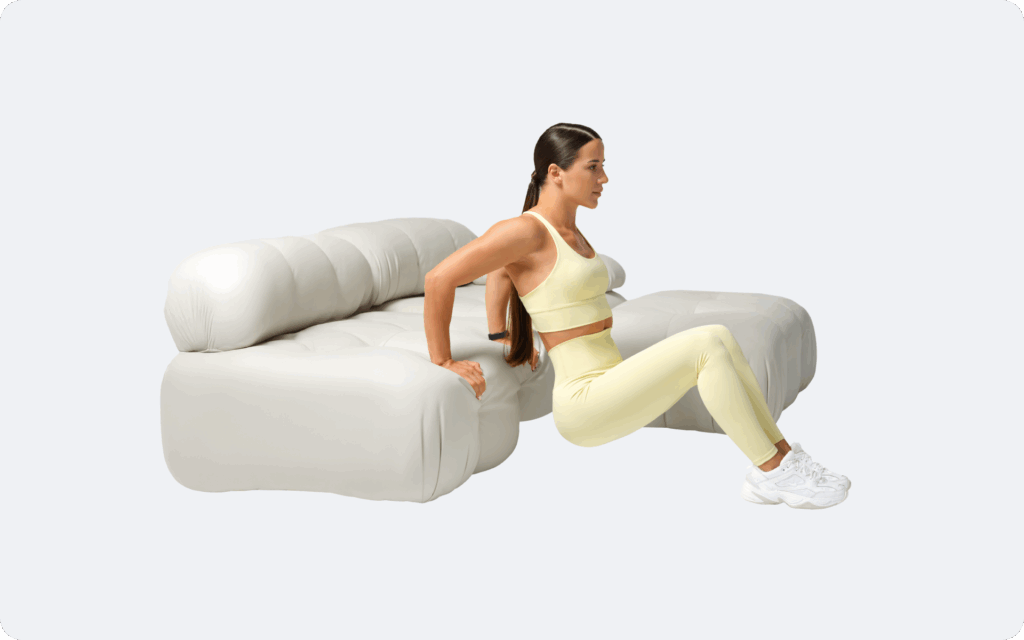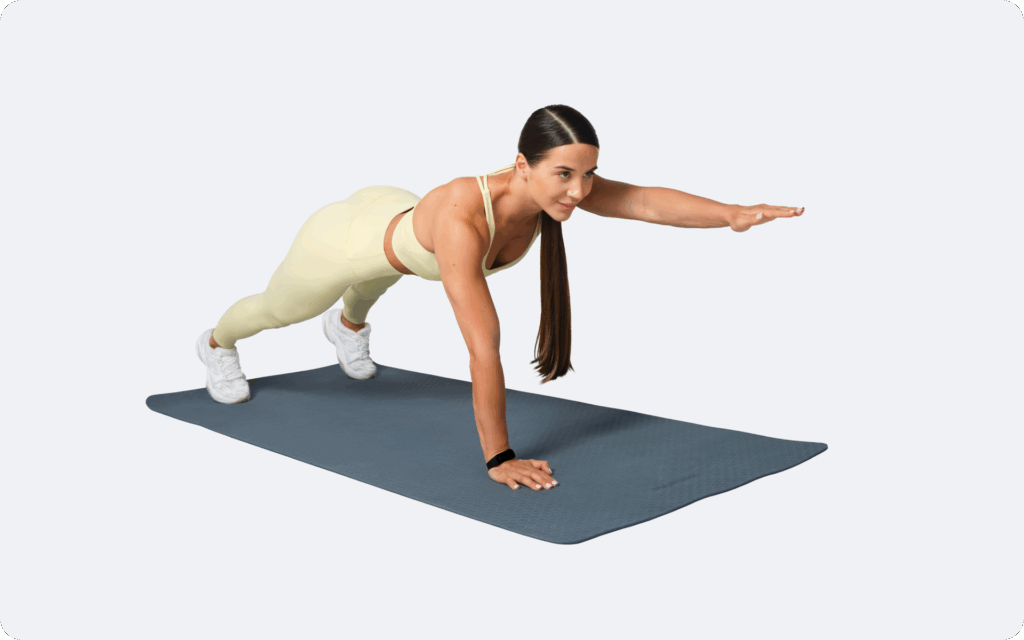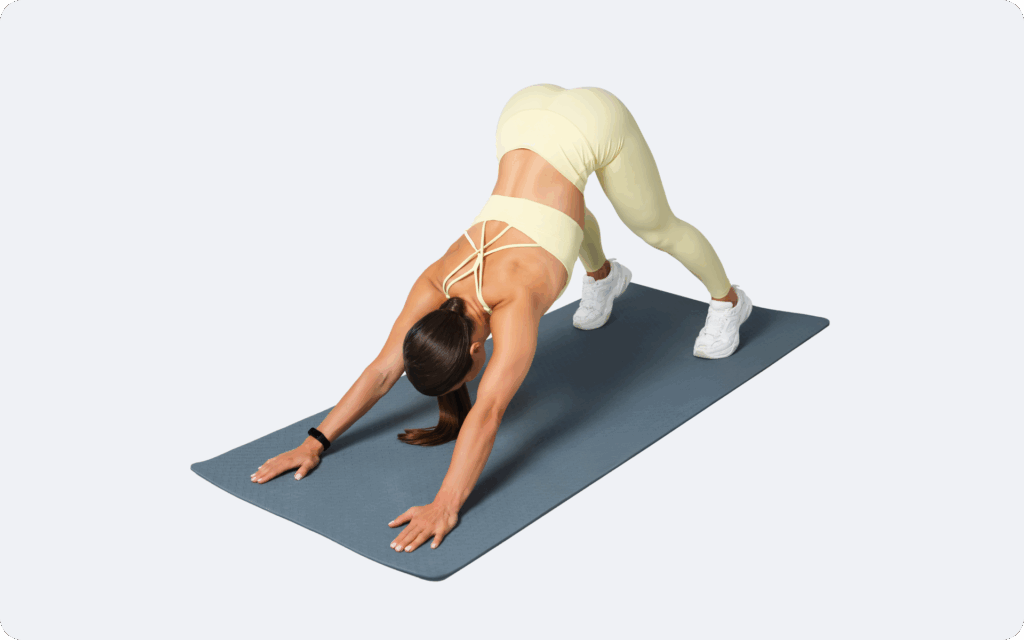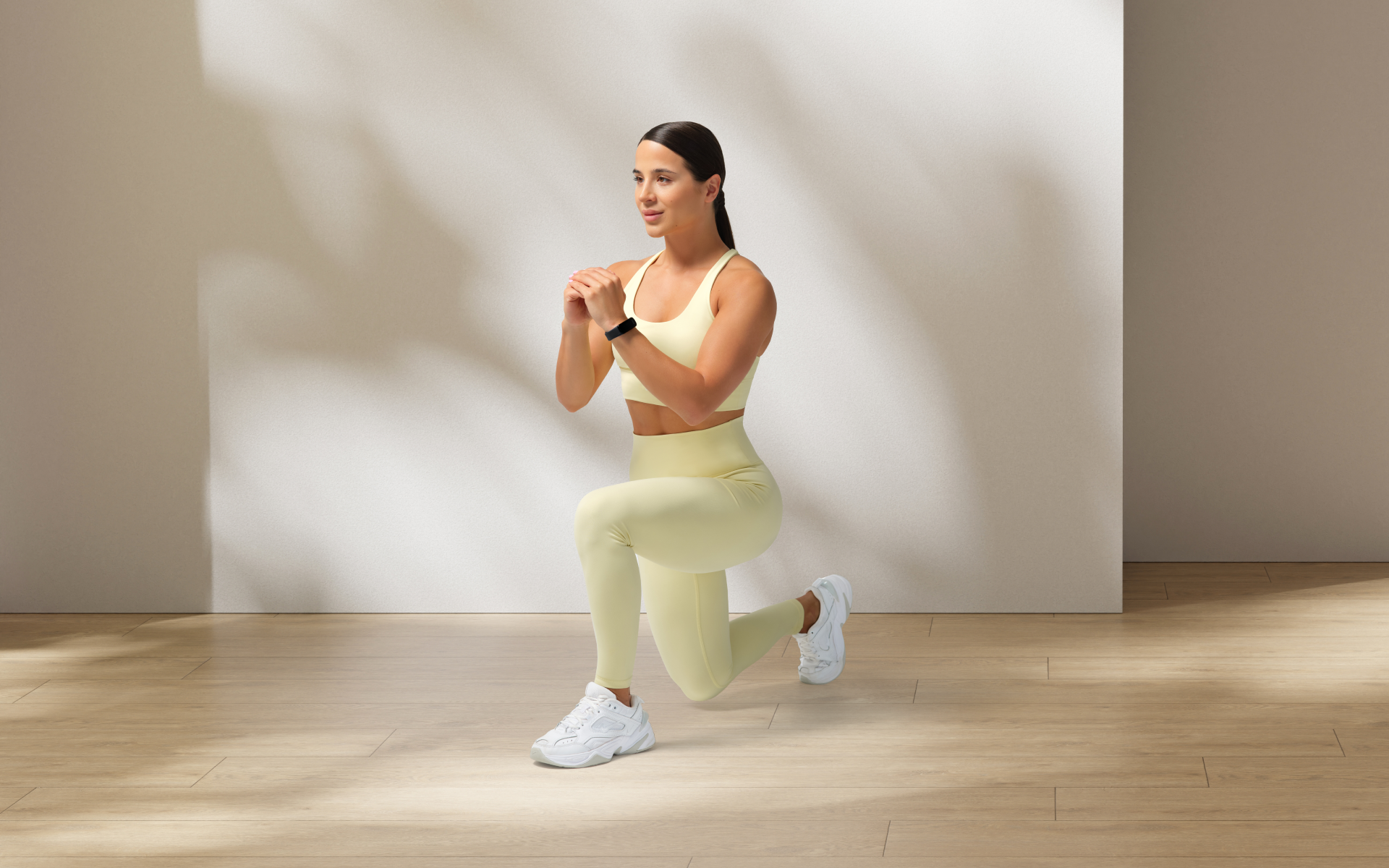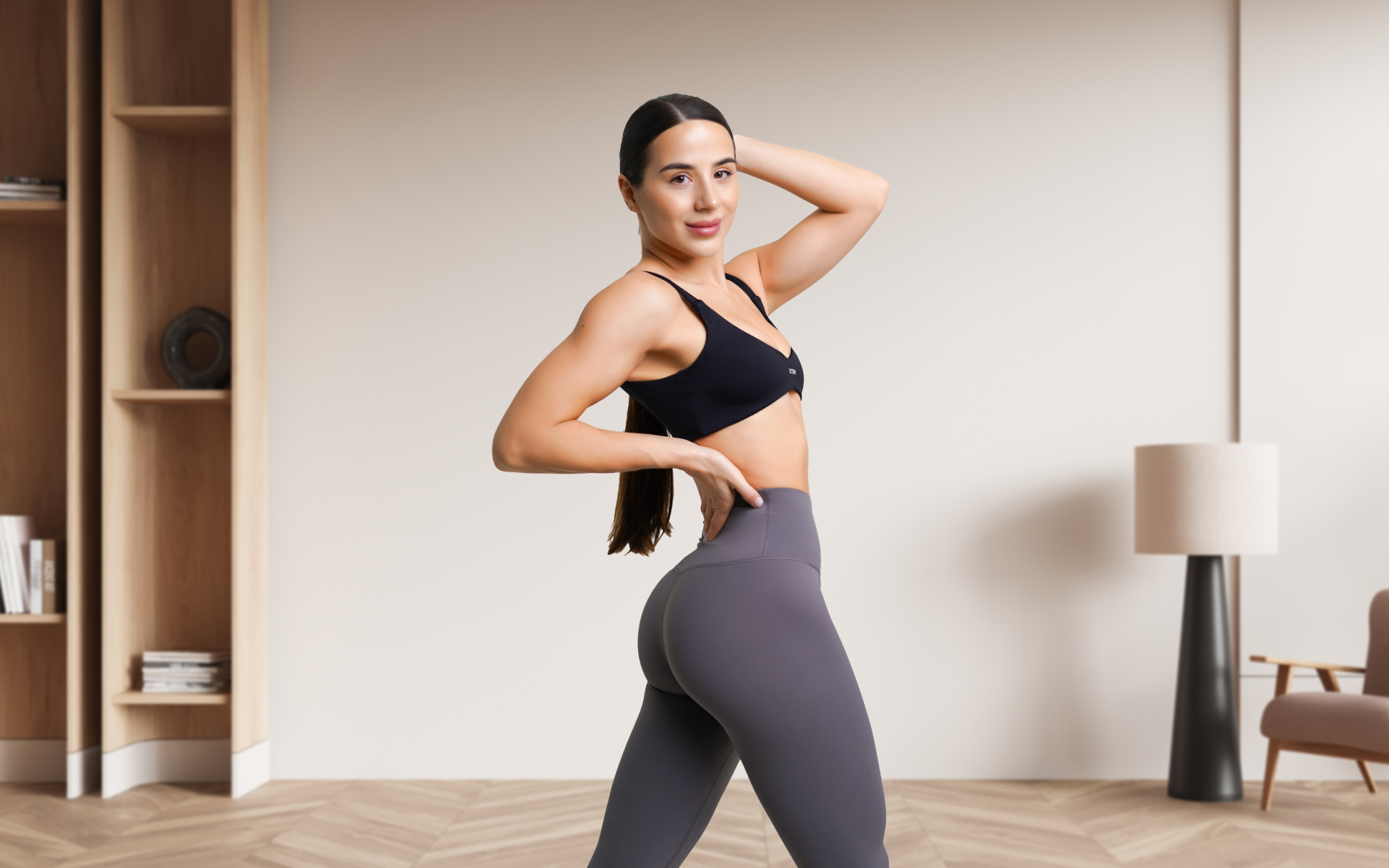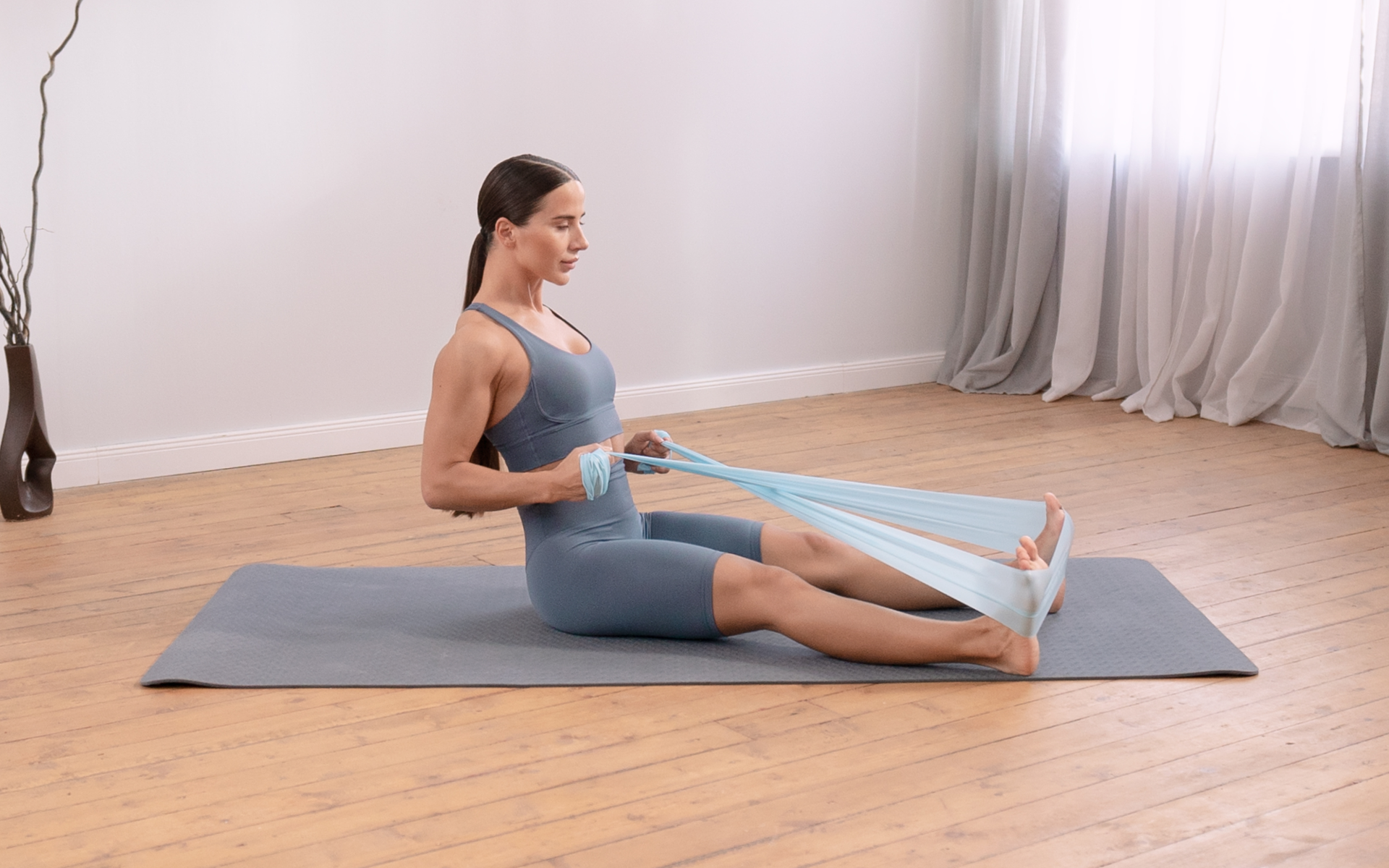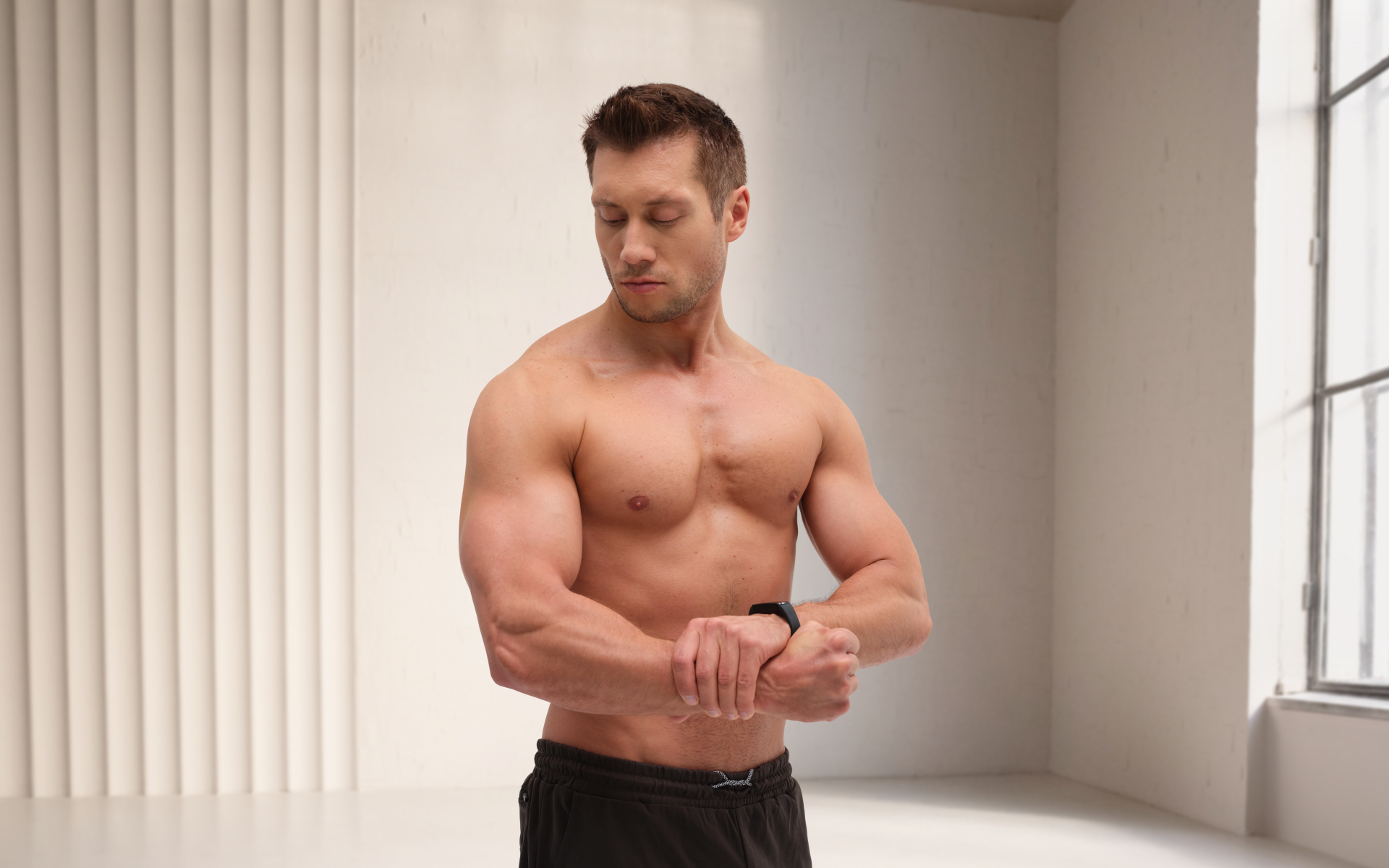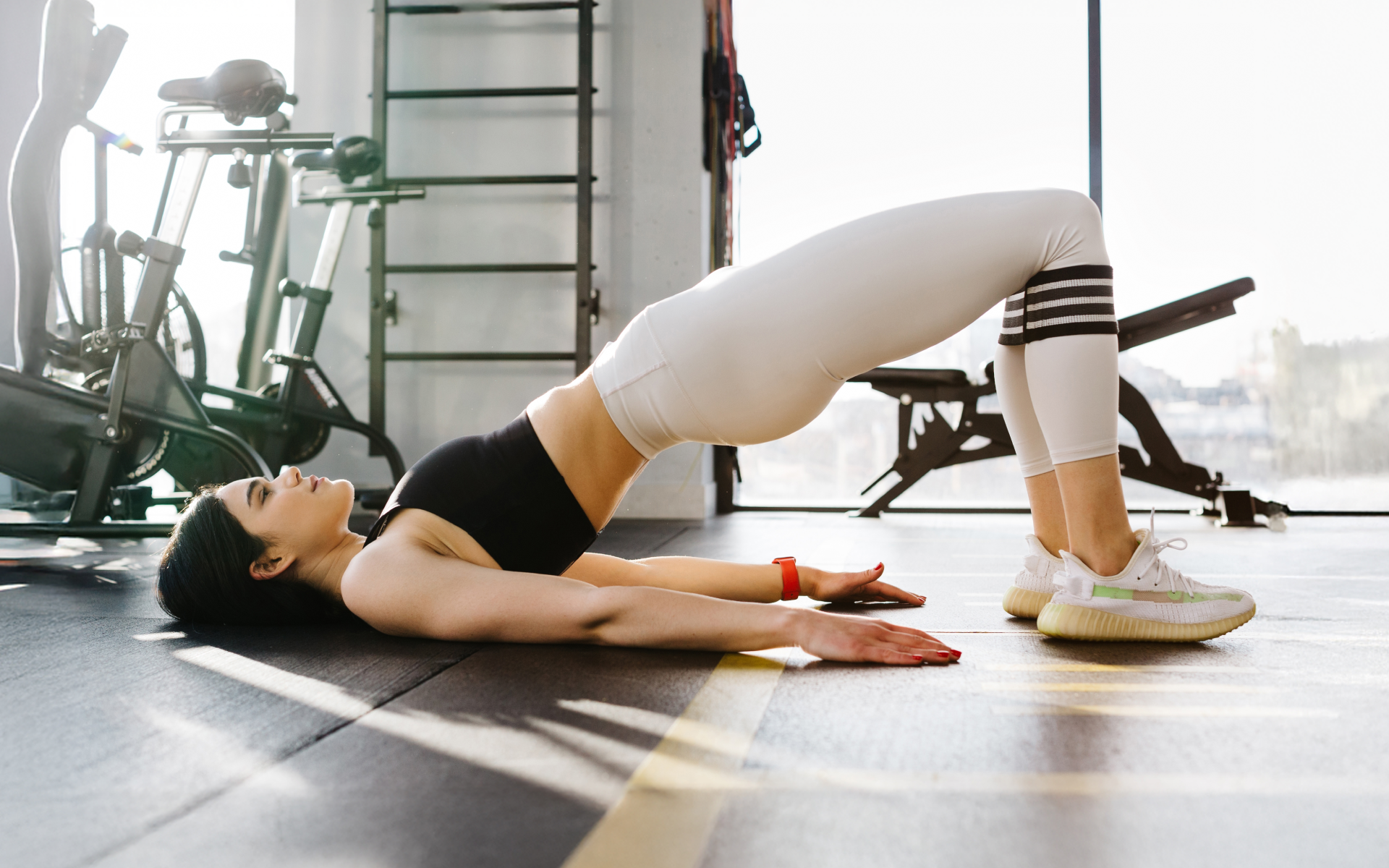Let’s talk about real life for a second. You’ve got things to do: work, errands, a brain that never stops spinning, and sometimes, the thought of squeezing in a workout?
Feels like a joke.
That’s where good calisthenics workouts come in. Not the kind that leaves you feeling dizzy and defeated, but the kind that quietly meets you where you are and asks, “Ready when you are?”
Calisthenics is just a fancy word for body-weight movement. Push-ups, squats, and planks. The classics. The ones that don’t need a gym, a machine, or even shoes, really.
And what’s wild? They work. You can get stronger, more toned, and more capable by using your own body as the weight.
If you’ve ever wondered, “Can I actually get results this way?” or “Isn’t this just… basic?”, we get it. But you’d be surprised at how powerful the basics can be when done consistently and with purpose.
In this guide, we aren’t here to throw jargon at you. We’ll walk with you and show you how effective calisthenics workouts can build real strength, fit into your life, and help you feel (dare we say) like yourself again.
Let’s get into it.
Is Calisthenics Better Than Gym?
It’s best we first clear the air about calisthenics vs the gym. It isn’t a battle between two rivals. You don’t need to choose sides. It’s not calisthenics versus gym, as if one must win.
The better question is this: What actually fits into your life, your energy, and your routine? What helps you feel strong, clear-headed, and motivated to keep going?
For many people, the answer is calisthenics. That’s because good calisthenics workouts don’t ask for much. All you need is your body, a bit of floor space, and maybe a mat if the surface isn’t kind.
But it’s not just about convenience. There’s solid science behind why calisthenics is effective.
What Makes Calisthenics So Effective?
It builds real strength, without any equipment.
One study showed that after just 8 weeks of bodyweight training, participants improved upper-body strength and posture. Their push-up and pull-up performance improved, and they gained better body awareness, all without lifting a single dumbbell (1).
It goes beyond muscles, supporting full-body function.
Research has proven that calisthenics improves flexibility, core control, and even cardiovascular health (2). You’re building strength and training your body to move with more ease, balance, and stability.
The practice seamlessly integrates into your everyday routine.
You don’t need machines, gear, or a locker room. You can start in your bedroom, living room, or on a balcony. That’s the part that makes it stick. People often say they stick with good calisthenics workouts because they feel flexible, approachable, and easy to maintain.
Whether you’re a workout beast or just a beginner making your first foray into the world of fitness and dieting – BetterMe has a lot to offer to both newbies and experts! Install the app and experience the versatility first-hand!
“But Isn’t The Gym Better For Building Muscle?”
The answer is that it can be, depending on your goals. If you’re training for competitive powerlifting or you want to increase muscle size very precisely, gym equipment gives you more control over resistance and progression.
However, if you want to feel stronger, leaner, more mobile, and more in control of your own body, calisthenics works incredibly well.
Here’s what calisthenics offers that gym training sometimes doesn’t:
- Functional movement: Most bodyweight exercises mimic how we actually move in daily life. Think squatting, pushing, pulling, or balancing. These movements build strength that helps you outside the workout, too.
- Better coordination and core control: Because your body is the weight, your stabilizer muscles have to work constantly (3). That means your abs, hips, and even your posture get stronger as you train.
- Flexibility and independence: Calisthenics gives you freedom. You can work out on your own terms. No schedules. No equipment. Just your body and a willingness to move.
A Side-by-Side Comparison
| What You're Looking For | Calisthenics Offers | Gym Training Offers |
|---|---|---|
| Equipment | No equipment required | Requires weights, machines, or gear |
| Functional Strength | Built in through movement-based training | Achievable with weights and machines as long as functional movement training is the goal |
| Risk of Injury | Lower, especially for beginners. It can occur with poor form | It can occur if lifting too heavy or with poor form |
| Muscle Growth | Yes, through progressive bodyweight variations | Yes, especially with adjustable resistance |
| Flexibility and Balance | Improved naturally during training | Not always a focus, depends on the program |
| Accessibility and Convenience | Train anywhere, anytime | Depends on gym hours, travel, and equipment availability |
| Long-Term Consistency | Easier to maintain for most people | May require more planning and commitment to see continued progress |
So, Is Calisthenics Better?
It can be, and for many people, it is. If your goals include feeling stronger, moving better, and making your workouts fit your life instead of the other way around, then calisthenics is a strong option. It builds muscle, supports joint health, improves balance and flexibility, and can help reduce stiffness and fatigue.
Good calisthenics workouts don’t need to be flashy. They just need to be consistent, thoughtful, and designed to grow with you. That’s why they work.
Can I Build Muscle With Only Calisthenics?
Let’s just say it plainly: You don’t need machines, a gym membership, or heavy dumbbells to build muscle. If your goal is to feel stronger, look more defined, and move with greater control, calisthenics can help you achieve it—research and real-world results back up these claims.
Muscles don’t grow because of what you’re lifting.
They grow because of how hard they’re working. If your muscles are under tension, consistently challenged, and given time to recover, they respond by increasing in size (4). That’s the foundation of all strength training, whether you’re using iron plates or your own body.
In calisthenics, instead of loading a barbell, you can increase the challenge by:
- Changing body angles
- Slowing down the movement
- Adding pauses or isometric holds
- Progressing to more advanced variations (like going from push-ups to archer push-ups or one-arm push-ups)
This progression is how good calisthenics workouts to build muscle stay effective: they grow with you.
How Does This Work Without Equipment?
Your muscles don’t care if you’re lifting a steel bar or your own body.
In a workout, the muscles respond to any challenge that you put your body through.
That challenge might look like a slower push-up, a deeper squat, or a hold that leaves your arms shaking.
It’s the same formula as weight training. When you apply enough resistance, give your body time to rest, and repeat the process, your muscles grow.
What Kind Of Results Can You Expect?
That depends on how often you train, how much you push yourself, and how consistently you show up. For beginners, a well-structured bodyweight routine can lead to a gain of about 10-15 pounds of muscle in the first year (5). These numbers aren’t hype. They reflect gradual, sustainable changes that build real strength.
On top of that, the kind of muscle you build with calisthenics usually comes with more control and less stress on your joints. You’re not just bigger. You’re more capable.
Why Calisthenics Works So Well For Muscle Growth
- It meets you where you are and grows with you.
- It activates multiple muscle groups at once, especially the core.
- It builds not just size but coordination, control, and confidence.
- It doesn’t rely on machines, gyms, equipment, or timing your workout around facility hours.
How To Train Smarter With Calisthenics
Want visible results? Focus on how you train, not just how often.
These tools will help:
- Use tempo: Slow down your reps. Count to 3 as you lower into a push-up. Pause at the bottom. Push back up with control (6).
- Add isometric holds: Stay in the most challenging part of the movement for a few seconds (7). Think of holding the bottom of a squat or the middle of a row.
- Increase the difficulty gradually. Elevate your feet, shift to single-arm variations, or add resistance bands if needed (8).
- Follow a structured routine: Use a calisthenics workout split that allows you to focus on different muscle groups throughout the week. This structured approach gives your body the recovery time it needs to grow (6).
Why People Stick With It
Calisthenics isn’t just muscle-building friendly. It’s life-friendly. No commute, no equipment, no intimidation factor. Just your body, your space, and your own pace.
That’s why people often stay more consistent with it, and as you probably know, consistency is where real results happen.
What Are The Big 3 Calisthenics Exercises?
The “big 3” of calisthenics are push-ups, pull-ups, and squats. Together, they cover the core movements your body needs: pushing, pulling, and leg strength.
These are the foundation of good calisthenics workouts, and once you master them, you can progress into more advanced skills with confidence.
Push-Ups
Push-ups might seem simple, but they’re one of the most complete bodyweight moves you can do. They build the chest, shoulders, triceps, and core all at once, while also training your posture and stability (9).
Beginner variations:
- Wall push-ups: Reduce resistance and build form.
- Knee push-ups: Keep things manageable while engaging the right muscles.
Progressions:
- Incline push-ups: Target stability and add difficulty.
- Diamond push-ups: Focus more on the triceps.
- Decline push-ups: Challenge the upper chest.
- Archer or one-arm push-ups: Advanced moves that demand full control.
Why they matter: Push-ups are practical; they build strength you’ll feel in everyday tasks, and they scale easily from beginner-friendly to elite.
Pull-Ups
Pull-ups are the classic test of pulling strength. They primarily target the back muscles, but they also demand a lot from the biceps, shoulders, forearms, and grip (10).
Beginner variations:
- Band-assisted pull-ups: Use resistance bands to reduce load.
- Negative pull-ups: Jump up to the bar and slowly lower yourself down.
Progressions:
- Standard pull-ups: The foundation.
- Wide-grip pull-ups: Greater focus on the lats.
- Chest-to-bar pull-ups: Increase range of motion and intensity.
- Muscle-ups: An advanced move that combines a pull and a push in one.
Why they matter: Pull-ups develop that broad, strong back while also training grip and body control. They’re tough, but the payoff is enormous.
BetterMe: Health Coaching app helps you achieve your body goals with ease and efficiency by helping to choose proper meal plans and effective workouts. Start using our app and you will see good results in a short time.
Squats
Squats are the foundation of lower-body strength. They train the quads, hamstrings, glutes, and calves, while also demanding balance and stability from the core and back (11).
Beginner variations:
- Chair-assisted squats: Practice good form with support.
- Shallow squats: Work within a smaller range of motion to build confidence.
Progressions:
- Full-depth bodyweight squats: Build strength and mobility.
- Jump squats: Add power and cardio benefits.
- Bulgarian split squats: Train each leg individually for balance and strength.
- Pistol squats: An advanced single-leg exercise that requires strength, mobility, and balance.
Why they matter: Squats build functional strength you use every day, from climbing stairs to carrying groceries. They’re also one of the best calorie-burning bodyweight exercises.
Why These Three Together?
Push-ups, pull-ups, and squats are considered the “big 3” because:
- They cover all the fundamental movement patterns.
- They build full-body strength without equipment.
- They serve as stepping stones to advanced calisthenics skills.
Think of them as your training alphabet. Once you master these letters, you can form the “words” and “sentences” of calisthenics, such as skills like handstands, levers, or planches.
What Are Some Good Calisthenics Workouts For Beginners?
What are results-driven good calisthenics workouts?
Starting anything new can feel overwhelming, and fitness is no exception.
The good news is that good calisthenics workouts for beginners don’t need to be complicated. With just a handful of core moves, you can build strength, stamina, and confidence, all from the comfort of your own space.
Below are a few ways to structure your training if you’re just starting.
A Simple Calisthenics Routine
This routine is a foundation-level plan designed to introduce the key movements while teaching your body proper form. It’s approachable yet effective.
- Push-ups (wall or knee): 3 sets of 8–12 reps
- Bodyweight squats (shallow or chair-assisted if needed): 3 sets of 10–15 reps
- Glute bridges: 3 sets of 10–12 reps
- Plank holds: 3 rounds of 20–30 seconds.
Why it works: This easy calisthenics workout uses simple exercises that train multiple muscle groups, build core strength, and can be done anywhere.
Good Calisthenics Workouts at Home
You don’t need a gym. You don’t even need equipment. This full-body session is a calisthenics workout at home, perfect for beginners who want efficiency.
- Incline push-ups (hands on a chair or bench): 3 sets of 8–10 reps
- Bodyweight squats: 3 sets of 12-15 reps
- Reverse lunges: 3 sets of 8 reps per leg
- Superman holds (for the back): 3 rounds of 20–30 seconds.
- Mountain climbers: 3 sets of 20–30 seconds
Tip: Move through each exercise with control and precision. You don’t need to rush.
Focus on steady breathing and good form.
Calisthenics Workout Split for Beginners
If you’re ready for a bit more structure, a calisthenics workout split helps you train specific areas on different days, giving muscles time to recover while keeping you active.
Day 1: Push (chest, shoulders, triceps):
- Wall or knee push-ups: 3 sets of 10–12
- Shoulder taps: 3 sets of 12 per side.
- Dips: 3 sets of 10-12 reps
Day 2: Pull (back, biceps, grip):
- Band-assisted pull-ups or negative pull-ups: 3 sets of 5–8
- Inverted rows under a sturdy table: 3 sets of 6–8
- Bicep curls with resistance bands (if available): 3 sets of 10–12
Day 3: Legs & Core:
- Bodyweight squats: 3 sets of 12–15
- Step-ups onto a chair: 3 sets of 8 per leg
- Glute bridges: 3 sets of 10–12
- Plank variations: 3 rounds of 20–40 seconds
Why it works: Splitting your training ensures you hit all major muscle groups while keeping intensity manageable. Remember that recovery is key when you’re starting.
How To Progress Safely
Beginners often worry they’ll “outgrow” these moves. The beauty of calisthenics is that the exercises grow with you.
Here’s how:
- Increase the number of reps and sets gradually.
- Slow down the tempo for more time under tension.
- Add holds at the most challenging part of the movement.
- Transition to more complex variations once you feel comfortable.
The Takeaway For Beginners
Good calisthenics workouts for beginners don’t need to look flashy.
They should feel approachable, safe, and rewarded. With a simple calisthenics routine, you’re not only building muscle, you’re building trust with your body. Stick with it consistently, and the results will come.
What Physique Will Calisthenics Give You?
A lot of people wonder what kind of body they’ll get if they commit to calisthenics, and the short answer is this:
A physique that is lean, athletic, and functional.
Traditional weightlifting can create bulk depending on calorie intake, and calisthenics shapes the body by emphasizing control and strength that translates into everyday life.
- Lean and Defined: Since you’re moving your own bodyweight, the muscle you build is often dense and well-defined. You’ll notice stronger arms, a firmer core, and toned legs.
- Balanced Proportions: Calisthenics uses compound movements that activate multiple muscles at once. That means your body develops evenly, from the upper body to the lower body, and your posture often improves along the way.
- Practical Strength: The changes are more than visual. People who stick with good calisthenics workouts for women and men alike often find themselves moving more easily, standing taller, and feeling more confident in their everyday lives.
So if you commit, expect a body that not only looks capable but is capable, strong, lean, and ready for life.
The easiest calisthenics skills are foundational movements like push-ups, squats, or planks. They require no equipment and can suit any fitness level. They are movements that are highly prevalent in daily life, which allow you to train your functional everyday capabilities. Yes, you can absolutely learn calisthenics on your own by starting with simple movements, using proper form, and gradually progressing. Free resources and beginner routines make it accessible at home. But please do not sacrifice your form to get to a certain number of reps. Proper form is arguably the most crucial aspect of a workout for any beginner. Most people begin to feel stronger and notice small changes within 4–6 weeks, although noticeable muscle definition typically takes a few months of consistent practice. You can practice calisthenics daily, but alternating muscle groups or focusing on lighter sessions ensures recovery and prevents overuse injuries.Frequently Asked Questions
What is the easiest calisthenics skill?
Can I learn calisthenics by myself?
How long do calisthenics take to work?
Can you do calisthenics every day?
The Bottom Line
Fitness doesn’t have to be complicated, expensive, or intimidating.
You don’t need racks of weights or a gym full of machines to build strength and confidence. With good calisthenics workouts, your own body becomes the equipment, and gravity does the rest.
By mastering the basics (push-ups, pull-ups, and squats), you set a foundation that can grow with you. Add a simple calisthenics routine or a beginner-friendly split, and you’ll be amazed at how much progress you can make from the comfort of your living room or backyard.
The physique that calisthenics builds is lean, strong, and functional. More importantly, the confidence it gives you isn’t just about the mirror. It’s about carrying your strength into daily life: standing taller, moving better, and feeling ready for whatever comes your way.
The tools are already yours. All that’s left is to start.
DISCLAIMER:
This article is intended for general informational purposes only and does not serve to address individual circumstances. It is not a substitute for professional advice or help and should not be relied on for making any kind of decision-making. Any action taken as a direct or indirect result of the information in this article is entirely at your own risk and is your sole responsibility.
BetterMe, its content staff, and its medical advisors accept no responsibility for inaccuracies, errors, misstatements, inconsistencies, or omissions and specifically disclaim any liability, loss or risk, personal, professional or otherwise, which may be incurred as a consequence, directly or indirectly, of the use and/or application of any content.
You should always seek the advice of your physician or other qualified health provider with any questions you may have regarding a medical condition or your specific situation. Never disregard professional medical advice or delay seeking it because of BetterMe content. If you suspect or think you may have a medical emergency, call your doctor.
SOURCES:
- The Effects of a Calisthenics Training Intervention on Posture, Strength, anBody Composition (2017, ResearchGate)
- Calisthenics: An Effective, Low-Frills Way to Stay Fit (2023, Harvard Health Publishing)
- The Effect of Calisthenics Training on Physical and Functional Fitness (2023, Iranian Journal of Orthopaedic Surgery)
- Effects of Different Resistance Training Frequencies on Body Composition and Strength (2012, Journal of Strength and Conditioning Research)
- 1-Year Calisthenics Transformation (2024, BetterMe)
- Effects of Movement Tempo on Muscle Strength and Hypertrophy (2021, Journal of Functional Morphology and Kinesiology)
- Comparison of Calisthenics and Weight Training for Muscular Fitness (2018, Journal of Strength and Conditioning Research)
- The Effect of Resistance Training on Strength and Muscular Endurance in Adults (2019, European Journal of Applied Physiology)
- The Effects of Push-Up Training on Muscular Strength and Muscular Endurance (2019, ResearchGate)
- The Pull-Up (2014, Strength and Conditioning Journal)
- A Brief Review on the Effects of the Squat Exercise on Lower-Limb Muscle Hypertrophy (2022, ResearchGate)
